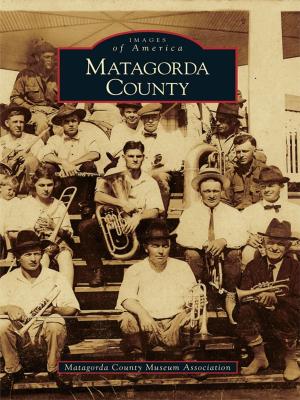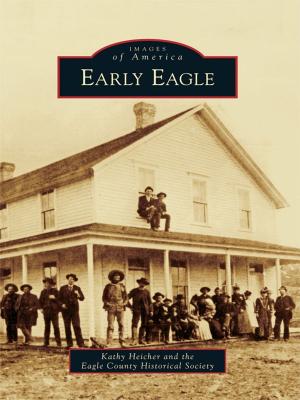Grant County
Nonfiction, History, Americas, United States, State & Local, Art & Architecture, Photography, Pictorials, Travel, Business & Finance, Industries & Professions, Industries| Author: | George R. Miller | ISBN: | 9781439661383 |
| Publisher: | Arcadia Publishing Inc. | Publication: | July 31, 2017 |
| Imprint: | Arcadia Publishing | Language: | English |
| Author: | George R. Miller |
| ISBN: | 9781439661383 |
| Publisher: | Arcadia Publishing Inc. |
| Publication: | July 31, 2017 |
| Imprint: | Arcadia Publishing |
| Language: | English |
The large number of immigrants traveling along the Oregon Trail bypassed Grant County because of its location. Most wagon trains used the northern route to the Columbia River. A few used the southern route toward southern Oregon. Grant County was left in between. When gold was discovered in the Canyon Creek area in 1862, the population swelled from scarcely 200 to more than 5,000, many of them Chinese. Today, Grant County's population is approximately 7,500, with John Day, the largest city, at slightly less than 2,000. From the 1860s to near 1900, gold and the mining industry reigned, as upward of $26 million worth of gold was mined. As the supply of gold diminished, so did the population, and timber became the number one industry. Settlers from the East saw potential in the large stands of tall, straight ponderosa pine, and many sawmills came into existence. The sawmills have since greatly declined, but other settlers discovered that the acres of bunchgrass provided excellent cattle feed. Today, cattle is king. In the spring, the cattle herds are moved off their winter grounds to higher elevations; in the fall, they are herded back into the valley. In the past, these movements often took them through the heart of many cities.
The large number of immigrants traveling along the Oregon Trail bypassed Grant County because of its location. Most wagon trains used the northern route to the Columbia River. A few used the southern route toward southern Oregon. Grant County was left in between. When gold was discovered in the Canyon Creek area in 1862, the population swelled from scarcely 200 to more than 5,000, many of them Chinese. Today, Grant County's population is approximately 7,500, with John Day, the largest city, at slightly less than 2,000. From the 1860s to near 1900, gold and the mining industry reigned, as upward of $26 million worth of gold was mined. As the supply of gold diminished, so did the population, and timber became the number one industry. Settlers from the East saw potential in the large stands of tall, straight ponderosa pine, and many sawmills came into existence. The sawmills have since greatly declined, but other settlers discovered that the acres of bunchgrass provided excellent cattle feed. Today, cattle is king. In the spring, the cattle herds are moved off their winter grounds to higher elevations; in the fall, they are herded back into the valley. In the past, these movements often took them through the heart of many cities.















